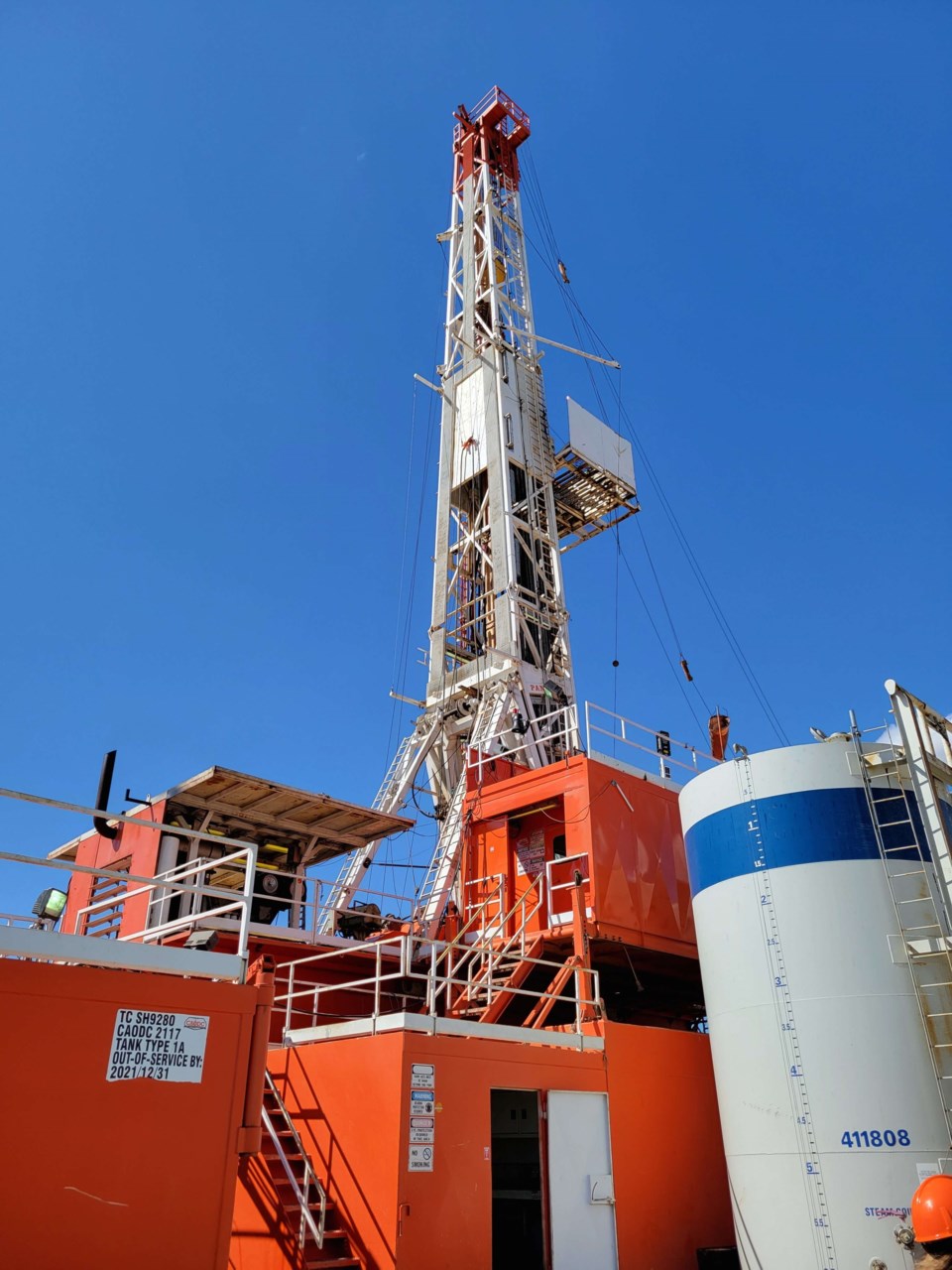SASKATOON - Deep Earth Energy Production Corp. (DEEP) has announces that SLB’s GeothermEx consulting service has completed a geoscience and reservoir engineering technical review of DEEP’s geothermal project in southeast Saskatchewan.
Their findings support the ability of the geothermal resource to sustain thermal energy production. This level of due diligence work from SLB is considered a recognized standard for geothermal investments.
GeothermEx has evaluated more than 8.5 gigawatts of clean geothermal electricity and more than $14 billion of related investments.
SLB’s review was based on DEEP’s Phase 1 geothermal pilot project, which is a five-megawatt nameplate (four-megawatt average after seasonal fluctuations) binary geothermal plant supplied by two production wells and two injection wells, followed by a Phase 2, 25-megawatt nameplate power plant (20-megawatt average after seasonal fluctuations) as a later expansion.
DEEP anticipates additional future buildouts in 25-50-megawatt increments, potentially leading to a total of 180 megawatts for the project. Phase 1 and 2 would provide baseload power capacity for approximately 25,000 homes.
"GeothermEx is the gold standard for geothermal resource evaluation. This positive and comprehensive review by the world’s most established geothermal resource consulting and services firm is a major milestone as we move into construction of our first facility,” said DEEP CEO Kirsten Marcia, a former Estevan resident.
“All the drilling, testing, reservoir modelling and well design work DEEP has completed has led us to this landmark moment. It provides confidence that the geothermal resource will support the Phase 1 and 2 developments for the forecasted 40 years.”
DEEP conducted surface and subsurface resource exploration and reservoir testing activities to characterize the geothermal resource in the Project area and its ability to support the development of geothermal power facilities. GeothermEx reviewed and evaluated the exploration activities undertaken by DEEP, including geology, geophysics, sustained flow testing, brine composition, temperature distribution and geologic controls on permeability.
To assess the resource’s ability to support the project development plan, GeothermEx evaluated, utilized and updated DEEP’s full-field thermal numerical reservoir model to quantify the impact that various uncertainties may have on the long-term sustainability of production from the resource.
DEEP’s numerical model was created in the SLB Petrel E&P (exploration and production) software platform and utilizes the Intersect high-resolution reservoir simulator to perform the flow simulation calculations.
Sensitivity cases were run by the GeothermEx team of experts using different production rates, injection temperatures, production and injection pressure, reservoir permeability and conductive heat transfer rate within the cased portion of the wells.
GeothermEx’s assessment includes the following conclusions:
•The results of our detailed numerical modeling analysis indicate that DEEP has prepared a prudent resource development and operations plan to sustain thermal energy generation for the life of the project. The well field layout has 3,000-metre lateral wells that alternate between injectors and producers and are separated by 500 metres. This configuration is well suited for sustaining operations, given the petrophysical reservoir properties determined from wells that have been drilled into the target sandstone reservoir (the DEEP sand). The project design and well layout enable conductive heat transfer from above and below the DEEP Sand to sustain thermal energy production. DEEP’s development approach is also prudent in that DEEP will gain resource knowledge from operation of the five-megawatt Phase 1 pilot plant before implementation of the Phase 2 plant.
•The modelling results have shown that the project design takes advantage of changing fluid densities to reduce power consumption for pumping. The project can sustain injection with zero wellhead pressure because of the greater density of the cooled fluid, while the higher-temperature (lower density) production fluid decreases production pumping power requirements.
•Sensitivity mode.ling runs on DEEP sand permeabilities resulted in little variation in well productivity, due to beneficial conductive heat transfer from above and below the laterally continuous DEEP sand.
DEEP said in a news release it is grateful for the advice and guidance received from GeothermEx geothermal consulting services since 2013 – from early exploration planning to well design, well testing, reservoir modelling and now resource confirmation.



